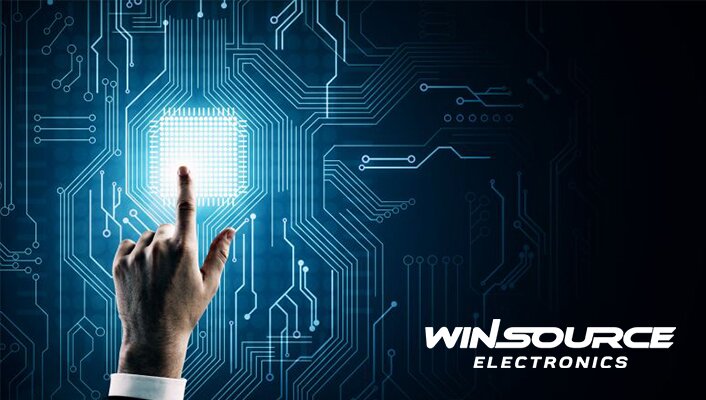
Table of Contents
ToggleIntroduce
The development of integrated circuits (ICs) has been nothing short of revolutionary, driving progress in every field of technology. As we stand on the precipice of the future, the trajectory of integrated circuits promises unprecedented capabilities. This article introduces the exciting trends shaping the future of integrated circuits, including quantum computing, neural network processing, and more.
Quantum Computing: Unlocking Unprecedented Power
Quantum computing represents a paradigm shift in information processing. Unlike classical computers, which rely on bits, quantum computers utilize qubits that can exist in multiple states at the same time. This allows quantum computers to perform complex calculations faster than classical computers. The integration of quantum circuits with mainstream technologies promises to revolutionize fields such as cryptography, optimization and scientific simulation as researchers overcome stability and scalability challenges.
Neural Network Processing: Empowering Edge Artificial Intelligence
The rise of artificial intelligence (AI) has spurred the need for application-specific integrated circuits capable of efficient neural network processing. Future ICs are expected to feature specialized hardware for tasks such as machine learning, enabling faster and more energy-efficient computing. Edge computing, where artificial intelligence processes data locally on the device, will benefit greatly from these advances, resulting in smarter, more responsive devices without the need for constant cloud connectivity.
3D IC Technology: Overcoming Space Constraints
Traditional integrated circuits are limited to two-dimensional layouts, limiting component density and connectivity. The future will embrace three-dimensional integrated circuits, where multiple layers of components are stacked together to improve efficiency and performance. This approach not only enables more compact designs, but also facilitates the integration of different functions, paving the way for more powerful and versatile electronic systems.
Photonic integrated circuits: Harnessing the power of light
Photonic integrated circuits (PICs) use light rather than electrical signals to transmit and process information. As the demand for faster data transfer and higher bandwidth continues to surge, PICs are gaining importance. Future integrated circuits are expected to incorporate photonics in data centers, telecommunications and high-performance computing applications, delivering superior speed and energy efficiency compared to traditional electrical interconnects.
Energy-saving design and low-power technology
As electronic devices become more commonplace, energy efficiency becomes a top priority. Future integrated circuits will focus on low-power technologies, utilizing advanced materials and novel design methods to reduce energy consumption without affecting performance. This trend is critical to extending the battery life of portable devices and minimizing the environmental impact of electronic systems.
In conclusion
The future of integrated circuits is an exciting landscape full of innovation and possibility. From the quantum realm to neural networks that simulate human cognition, the trends shaping the development of integrated circuits promise to redefine the functionality of electronic systems. As researchers and engineers continue to push the boundaries of what is possible, integrating these technologies into everyday devices has the potential to transform the way we live, work, and interact with the digital world. Embracing these trends isn’t just about improving existing technology; It’s about charting a course for the future and making the unimaginable a reality.

COMMENTS